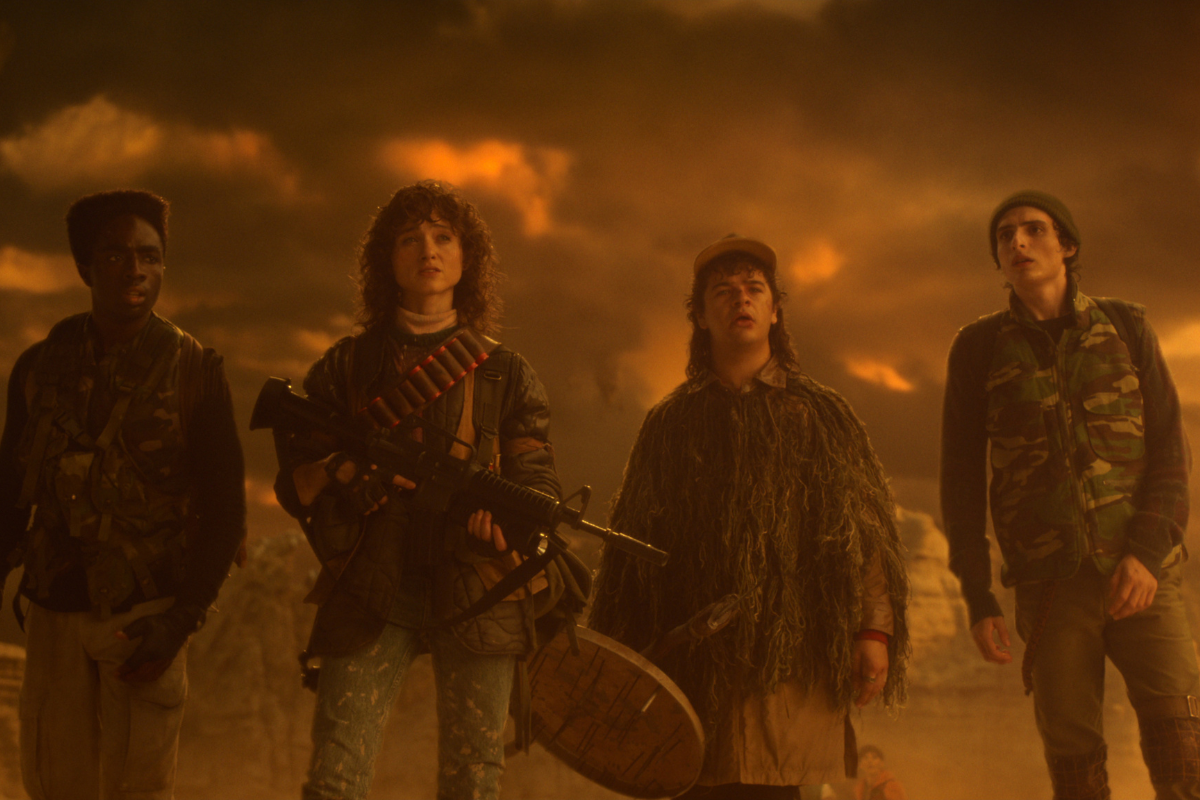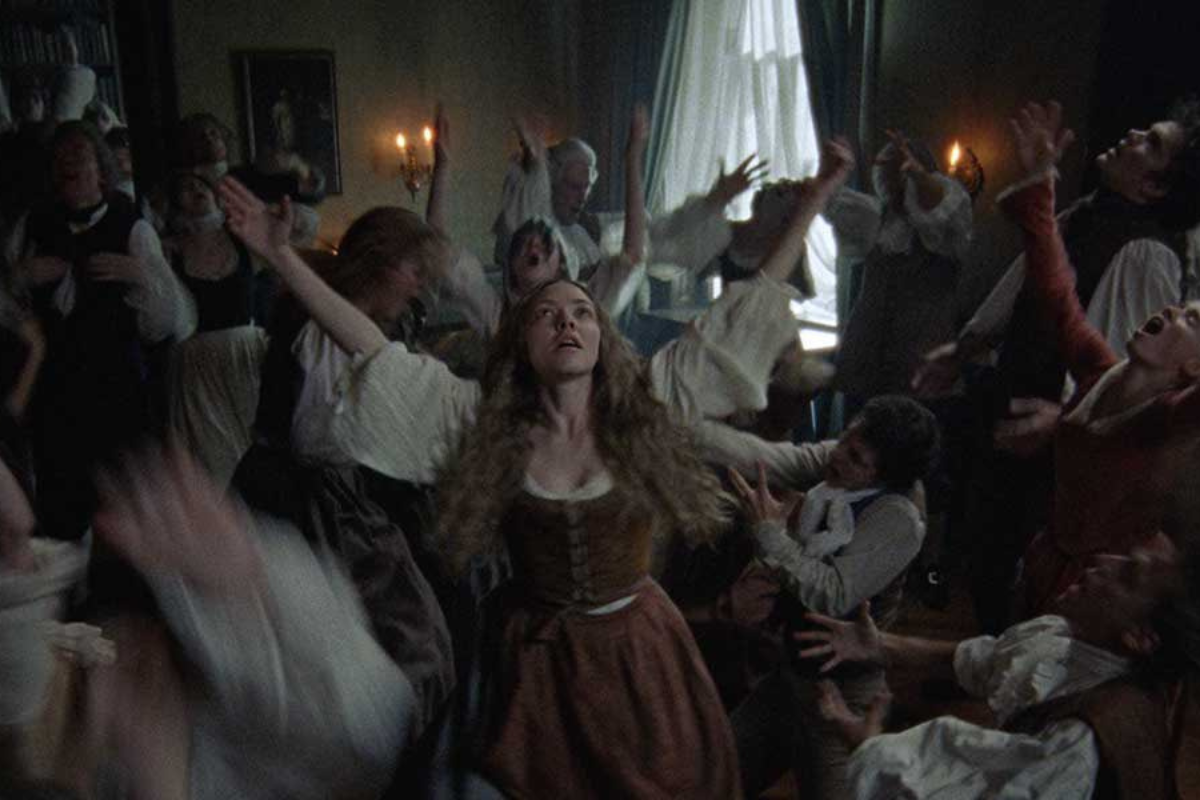FILM REVIEW: Dunkirk
Chris Nolan’s new film, Dunkirk, uses non-linear storytelling, in both space and time, to immerse the audience deeply into a large, complex event.
Anyone who has studied war knows that logistics, the movement of personnel and materiel, is key to winning. These two sets of assets must be both deployed rapidly to support battlefield operations and evacuated just as rapidly to protect them from the enemy. Many wars have been won or lost simply on logistics.
In World War II, the land war in Western Europe hinged on two key examples of logistics: the D-Day invasion at Normandy on June 6, 1944 and the evacuation of 338,000 Allied troops at Dunkirk four years earlier. The scale of both operations across the English Channel was unprecedented and remains so. In fact, the situation at Dunkirk was so dire, of the 338,000 troops evacuated from Dunkirk, British troops numbered 198,000 and represented fully 12% of the entire British Army at that time.
Unlike Normandy, however, Dunkirk was a situation under a severe time constraint. Hundreds of thousands of Allied men were trapped on the European continent, squeezed between the waters of the English Channel to the north and the enemy forces closing in from the other three directions. The fate of these troops was assumed sealed by both the British and the Germans. So certain was Winston Churchill that he estimated only 30,000 men could be evacuated. So certain was the German command that they slightly paused their advancement on Dunkirk to better coordinate their troops for final maneuvers to capture Paris. It was that pause that permitted the possibility of a large-scale evacuation.
However, as noted by Churchill, "Wars are not won by evacuations." And so, the successful Dunkirk evacuation, known as Operation Dynamo, has not received the same cinematic interest as the more rousing Operation Overlord on the Normandy beaches. Christopher Nolan's film, Dunkirk, corrects that oversight in the grandest visual manner.
Dunkirk's narrative flow mirrors Churchill's famous line about the effort: "...we shall fight in France, we shall fight on the seas and oceans, we shall fight with growing confidence and growing strength in the air..." The film blends three storylines in a non-linear manner. The land story, where soldiers line up on the mole (or breakwater) waiting for ships to take them from France to England, covers a week. The sea story, primarily focused on one of the 700 tiny civilian boats pressed into service by the British government, covers a day. And the air story, where pilots in primitive propeller airplanes take notes with grease pencils on their cockpit dashboard, covers an hour. Nolan, who wrote and directed the film, allows space for each of the three timelines to both separately breathe and collide with one another.
Visually and emotionally, Dunkirk is immersive. While Nolan doesn't give us the intensely personal and time-bending point-of-view found in Saving Private Ryan's D-Day landing, we are placed in queues of nervously waiting soldiers, on the deck of a small pleasure yacht, and in the cockpits of British Spitfire airplanes. The non-linear mix of the three timelines of different length effectively isolates them from each other for a great deal of the movie. We therefore experience the same fog-of-war feeling that the soldiers and rescuers have in the film.
The magnitude of what Operation Dynamo accomplished becomes clearer as we piece together the individual storylines into a complete narrative in a way similar to the actual evacuation participants' individual actions meshed together for a singular historic purpose. Despite a minimal use of dialogue, individual characters emerge naturally and clearly in each separate narrative. We then get a handle on the large picture by compiling the smaller pictures.
The film is unusual in that Nolan provides no single fictional character we follow to represent the entire event. Nolan gives us no grand speeches revealing a character's prescience about the significance of the event as it unfolds. Nolan even resists the obvious temptation to use audio clips of Churchill's famed speech of the event to the House of Commons. In fact, Nolan is as egalitarian with its characters as the British evacuation flotilla was with its boats.
What gives the film coherence is the element of time pressure. The smaller pictures do not form a whole by being placed on a common scaffolding with common characters or themes. Rather our emergent view happens when the smaller pictures are squeezed together much like the Allied troops at Dunkirk felt the pressure of the tightening perimeter around them. Nolan makes this pressure clear in the first image of the film where Allied Troops read the German propaganda leaflets dropped upon them, complete with a map showing the shrinking Allied turf. Nolan keeps the pressure up throughout the film with the never-ending sound of a ticking watch. The message is clear: time is running out and the various pieces must fuse together for both historical and cinematic resolution.
And here is where the film is most effective. The film is not about well-known, historic heroes but rather ordinary, anonymous individuals. The chaos of the action involving multiple individuals in multiple locations gets squeezed and squeezed until we are left with only the real essence of the fighting: survival. Despite its rigorous historic underpinnings, the film becomes a transcendent meditation on the ultimate human experience of war.
However, this does not make Dunkirk the "greatest war film ever made" as hyperbolically described by some critics. By its design, Dunkirk avoids the epic sweep of the metaphysical question 'why war?' (Watch Patton or Apocalypse Now for that exploration.) And, unlike The Longest Day, Dunkirk's narrative minimizes the historical context and importance of the evacuation. We are expected to know these things before entering the theater.
Nevertheless, Nolan's Dunkirk is a remarkable achievement. It makes visceral the abstract concept of war logistics and lays out a broad, complex military action onto an understandable human scale. The film reminds us that no matter how well a country prepares, accidents of history have often determined war's outcome. The 'Miracle at Dunkirk' was unprecedented, took both sides by surprise, and allowed the Allies to fight another day. In textbooks, Dunkirk is reduced to a paragraph about an evacuation in an armed ideological conflict between nations. But Dunkirk reminds us that, for the participants of the evacuation, all of history collapsed into a singular, and most human, desire: to beat the pressure of the ticking clock and simply make it out alive.
Get more advice from Erik Bork, screenwriter and producer of HBO's Band of Brothers -
Finding the "Story" in Trues Stories
Kevin Delin has blended writing and science from the start of his career. He’s both a working scientist and a writer and essayist with bylines in both national and Los Angeles publications. Kevin has four degrees, including a PhD in physics, from MIT where he also studied writing under A.R. Gurney. After a stretch in Silicon Valley, Kevin went to Los Angeles to work for NASA where he invented a technology that enables the search for extraterrestrial life. He was last seen on stage at a Rogue Machine Theatre’s storytellers’ slam and is a member of the Antaeus Theatre’s Playwrights Lab. Essays / Works / Twitter: @kdelin







